Cayenne Silky Dogwood
$44.50 Original price was: $44.50.$31.15Current price is: $31.15.
- Free Shipping over $25
- Fast & reliable delivery options
- Enjoy top quality items for less
- Multiple safe payment methods

Red twig dogwoods are wonderful plants for color in the garden from late fall to the early spring – just when color is at a premium. The most commonly seen ones grow best in cooler areas, and if you live in zone 7 or 8, they will not be at their best, and you may have pest and disease problems. Instead, choose a newer and exciting red twig dogwood of a different species, more adapted to hotter regions – the Cayenne Silky Dogwood.
Even if you live in zones 5 and 6, the greater height of this plant makes it the perfect choice for a larger background plant, or to fill larger areas of your garden. It grows well in both normal and wet garden soils, so it is a great choice around a pond or along a stream bank. Like other red-twig dogwoods, this is an American native shrub, and so it is ideal for gardeners who like to avoid exotic plants, and instead choose to grow a natural garden of American plants.
Growing Cayenne Silky Dogwood Shrubs
The Cayenne Silky Dogwood is a shrub growing 6 to 8 feet tall, or even taller in time, depending on how it is pruned. It spreads into a wide shrub up to 10 feet across, so this is a plant for larger gardens and large spaces. It has an open, rounded form, an what makes it unique is the red color of the younger branches, in comparison with the normal purple-brown of this tree when growing in the wild. These bright-red stems make this plant really stand out in your garden in the winter months, and this attractive shrub brings interest and color just when most other plants are without flowers, or leafless and dull.
Plant a specimen where it can be seen from a window in winter, or use it in groups to fill large areas, especially in difficult, damp and shady spots. Wherever you plant it you will enjoy an attractive green background plant all summer, blue berries in early fall, and dynamic red twigs all winter, on an easy-care plant.
Appearance
The leaves of the Cayenne Silky Dogwood are oval, slightly glossy and smooth, between 2 and 5 inches long, and medium green, with prominent veins. The underside of the leaves – and the young twigs – are covered in fine white hairs, which give the shrub its common name of silky dogwood. The flowers appear in late spring or early summer, and they are small, without the large, colored bracts seen in the flowering dogwoods. Nonetheless they are quietly attractive, forming a cluster of yellow-white flowers 2½ inches across. These are followed by clusters of berries which begin white and by late August turn a striking and unusual blue color, close to the color of Willow pattern china plates. Birds also find them attractive, so the berries are usually not around for too long. Your local birds will thank you for the feast, though.
Planting and Initial Care
The Cayenne Silky Dogwood will grow from zone 5 to zone 8, and it grows best in the warmer zones. It is happy in any ordinary to moist soil, and it will also grow well in completely wet areas, such as along streams and around ponds. It likes soils with plenty of organic material in them, but you can grow this plant successfully in most garden soils that are not too dry. It will grow in full sun if the soil is wet, and otherwise it grows best in light shade. It will also grow in full shade, making it an ideal choice for those difficult, shady parts of your garden.
When grown in ordinary garden conditions, mulch over the root zone area with a 2 to 4-inch layer of organic material in spring. This will conserve moisture, keep the roots cooler, and encourage good growth. The red twig color is most pronounced on new shoots, so trimming this plant anytime from spring to the end of July will encourage new shoots with the best coloring. Harder pruning in early spring will keep this plant smaller, if you wish. You can also cut it back to the ground every third year, to produce a more compact plant with long shoots and lots of winter color.
History and Origins of the Cayenne Silky Dogwood
The silky dogwood (Cornus amomum) is a North American native plant, growing all through the north-eastern states, from Ohio to Alabama. It is most abundant in the South, where it grows wild along streams and river banks. The unique red-twigged form called ‘Cayenne’ was found growing in a beaver swamp in Fancy Gap, Virginia, by Dr. Michael Dirr, the famous plant expert from Georgia University. He took samples home, and then grew them for three years to test its suitability for gardens.
This new plant has only recently been released to nurseries, and it is expected to be in high demand in southern areas in particular, where many gardeners have envied the northerners for their red-twig dogwoods. Our stock will soon be sold, so order now and grow this spectacular plant in your own garden, to enjoy those greatly-loved bright red winter twigs.
Be the first to review “Cayenne Silky Dogwood” Cancel reply
Related products
Hydrangeas
Knock Out® Roses
Drift® Roses
Rhododendron
Lilacs
Rhododendron
Butterfly Bush
Butterfly Bush

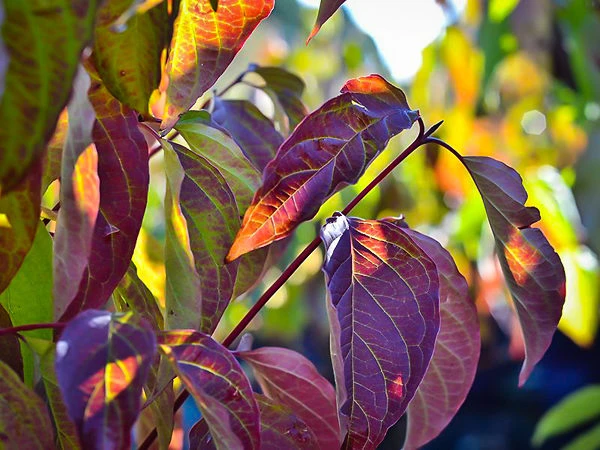

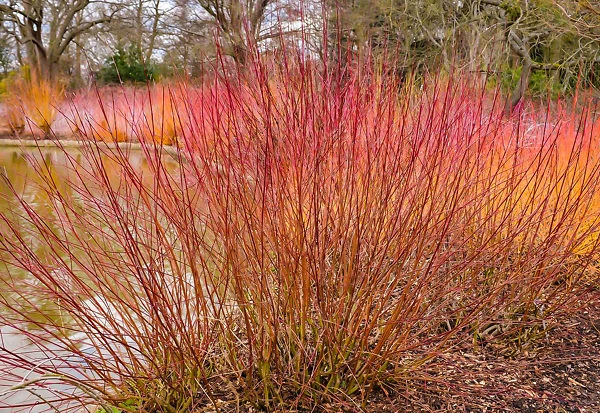
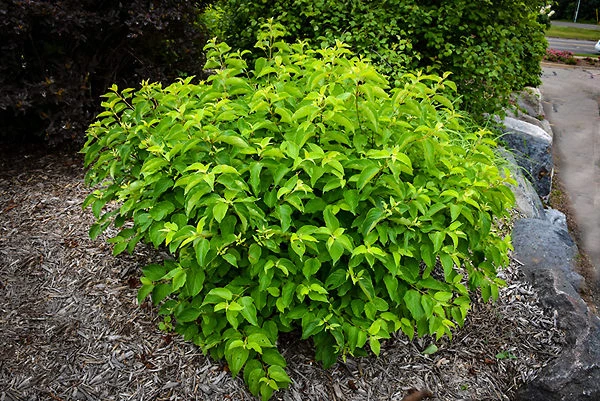


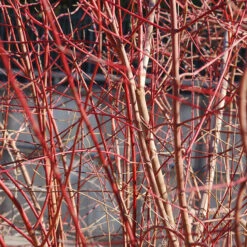


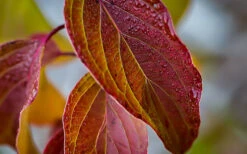





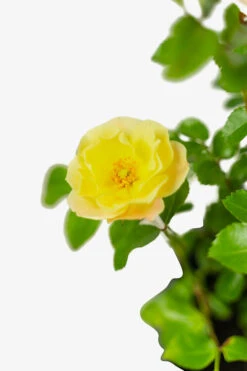
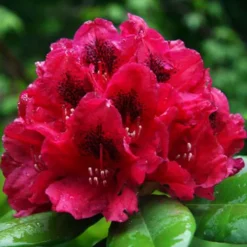



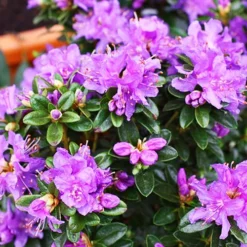
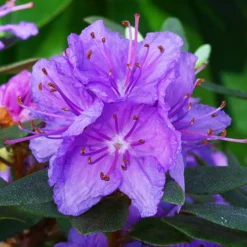

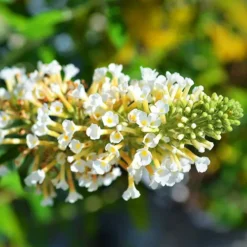


Reviews
There are no reviews yet.